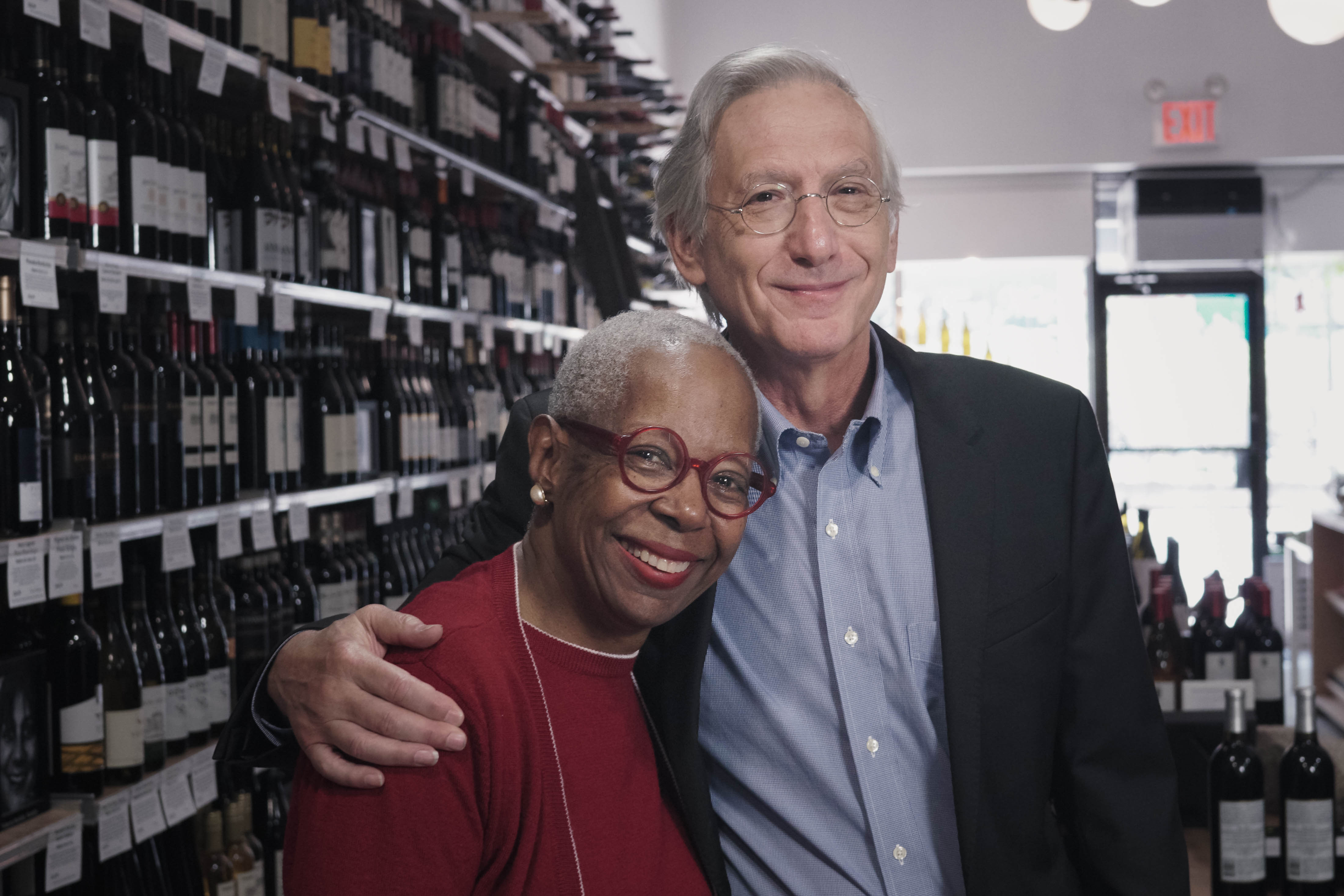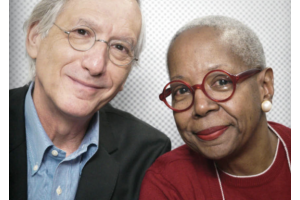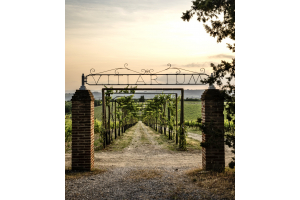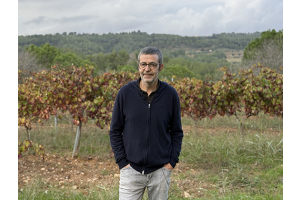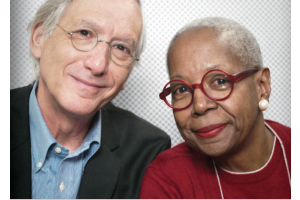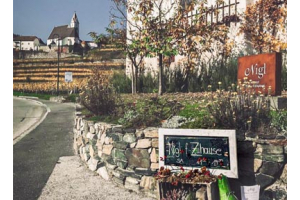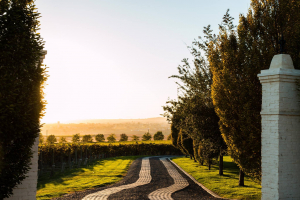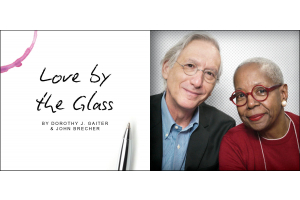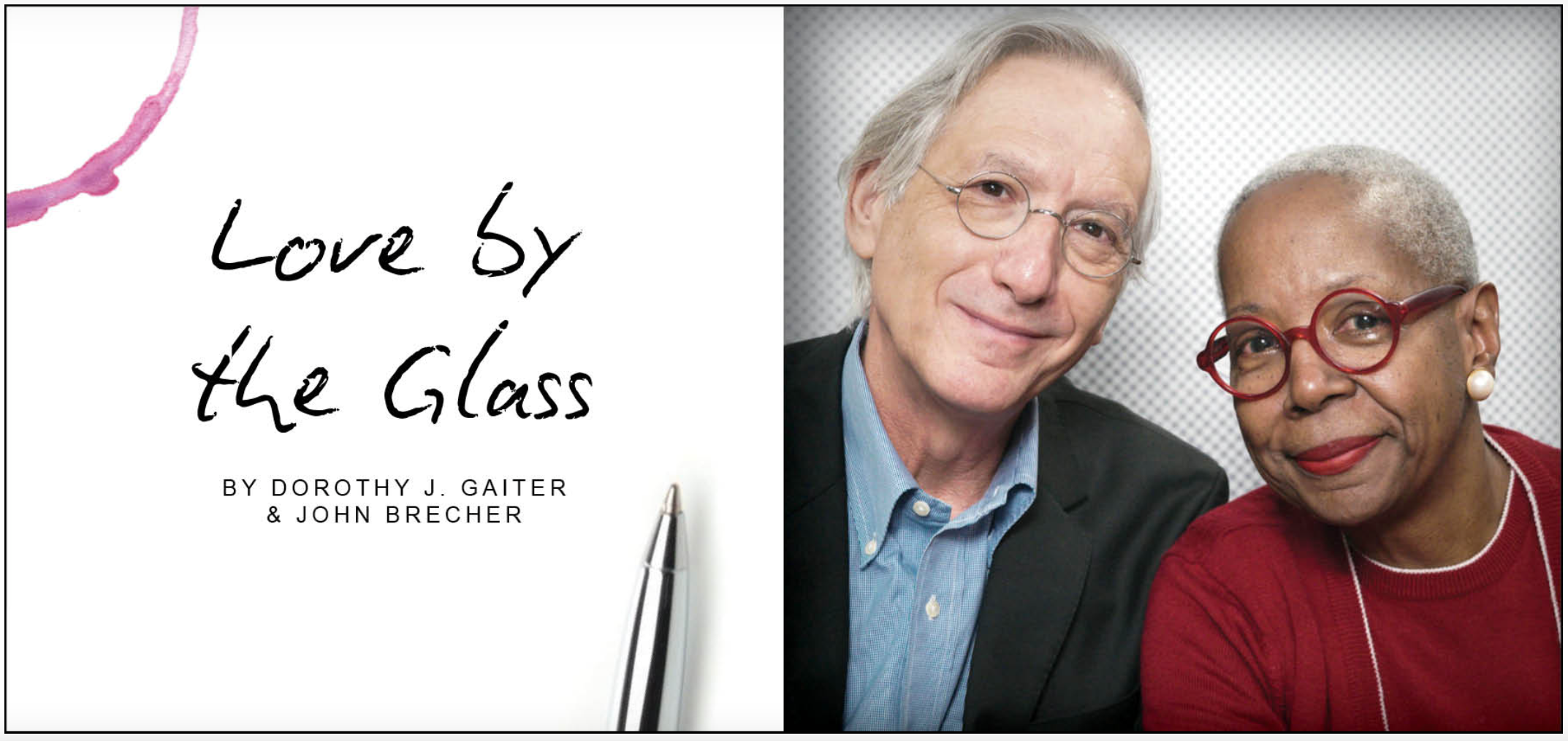
Every January, we smile at the first sightings, regular as clockwork: people in new running outfits, determined this year—after perhaps other false starts—to finally get into the habit of running. We nod at each other, recognizing the new class of hopeful souls, and silently wish them success.
New Year’s resolutions can be difficult to honor. Committing to the gear can only get you so far.
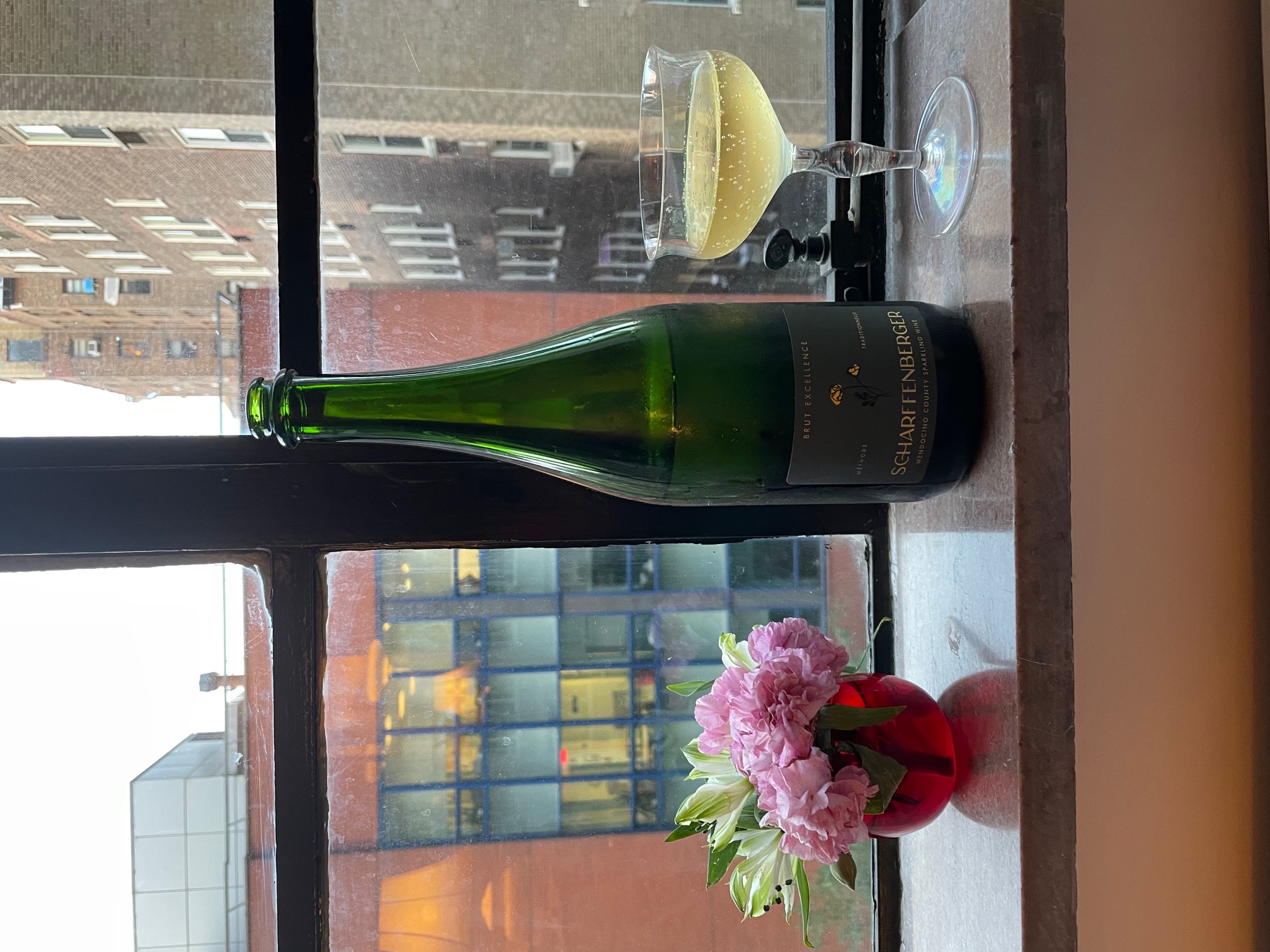 If your new interest is wine, you’ve selected a challenging time to dive in. Some beverage alcohol drinkers are embracing Dry January, a pause from imbibing that’s intended as self-care. We say, good for them if that’s what they want to do. They’re adults. In all things, one should act responsibly. Personally, we are more aligned with the Gentle January view of Hadley Douglas, who with her husband T.J. Douglas owns the Drink Progressively Group and The Urban Grape wine shops in Boston and Washington D.C. We’ve written about their annual Urban Grape Wine Studies Award for Students of Color. “Gentle January is all about embracing what makes you feel complete, satisfied and happy. Punishment-based resets are not allowed,” she writes in the newsletter “Hadley’s Guide to Gentle January.” Throughout January, she enjoys sparkling wine, she writes.
If your new interest is wine, you’ve selected a challenging time to dive in. Some beverage alcohol drinkers are embracing Dry January, a pause from imbibing that’s intended as self-care. We say, good for them if that’s what they want to do. They’re adults. In all things, one should act responsibly. Personally, we are more aligned with the Gentle January view of Hadley Douglas, who with her husband T.J. Douglas owns the Drink Progressively Group and The Urban Grape wine shops in Boston and Washington D.C. We’ve written about their annual Urban Grape Wine Studies Award for Students of Color. “Gentle January is all about embracing what makes you feel complete, satisfied and happy. Punishment-based resets are not allowed,” she writes in the newsletter “Hadley’s Guide to Gentle January.” Throughout January, she enjoys sparkling wine, she writes.
“I worry about Westernization of January -- do more, be better and never rest all in the name of guilt, punishment and regret. I don’t want to pick up a new routine in January, or set rules that can’t be broken.”
The wine world right now is awash in controversies, from the excavation of the colonial underpinnings of historic wine regions to the classist remnants that still haunt the enjoyment of our favorite libation today. And concerns abound. If you’re worried about wine and its effect on your health, it probably hasn’t helped that you likely feel some whiplash from the competing research on that question. Just last week, the surgeon general proposed that wine labels carry new health warnings about cancer, and camps for and against that idea have been at it.
Along with other industries, the wine industry is nervous about President Trump’s campaign promise to impose tariffs on foreign goods. During his first term, he slapped tariffs on some European goods including wine, which caused higher prices. President Biden rescinded those tariffs. Trump’s aim with tariffs, he says, is to create jobs and boost home-grown manufacturing. However, once again there’s concern about rising prices not only on imported wines but also on domestic wines as distributors and others in the chain of the domestic wine industry, including restaurants and wine shops, increase their prices to make up for the losses in the imported wine segment.
We have enjoyed wine almost daily since 1973. It enriches our lives. It encourages us to slow down, to see and hear each other more clearly, to delight in the food before us or the way the setting sun plays on nearby trees and buildings. It transports us to where the wine was made, to the rich history of the place and the people responsible for it. Friendships, our understanding and appreciation of others, have been forged with it.
But back to the issue of gear and what you truly might need for your enjoyment of wine. If anything is so complicated that it staves off enjoyment of it, it’s our experience that folks will just walk away from it. Yep, shoes need to be comfortable and supportive if you are going to run in them, but you don’t need a different glass for every type of wine you drink. Dottie collects vintage glasses and china. Name the shape and we’ve got it, probably multiples of it. Remember when Champagne coupes, said to have been shaped like Marie Antoinette’s breasts, were out and flutes were in and then tulips? Enjoying wine is a multi-sensory experience. Treat your eyes to it, too. In other words, choose what feels special and appropriate to your mood and the mood of the wine. We acknowledge that a lot of time and money have been spent designing wine glasses to enhance the taste of wine, but we also believe that enjoying wine should not be stressful. John did require pliers to open a bottle of Cristal to propose to Dottie in 1978. But usually when it comes to stress and wine, the grape grower and winemaker have done the heavy lifting.
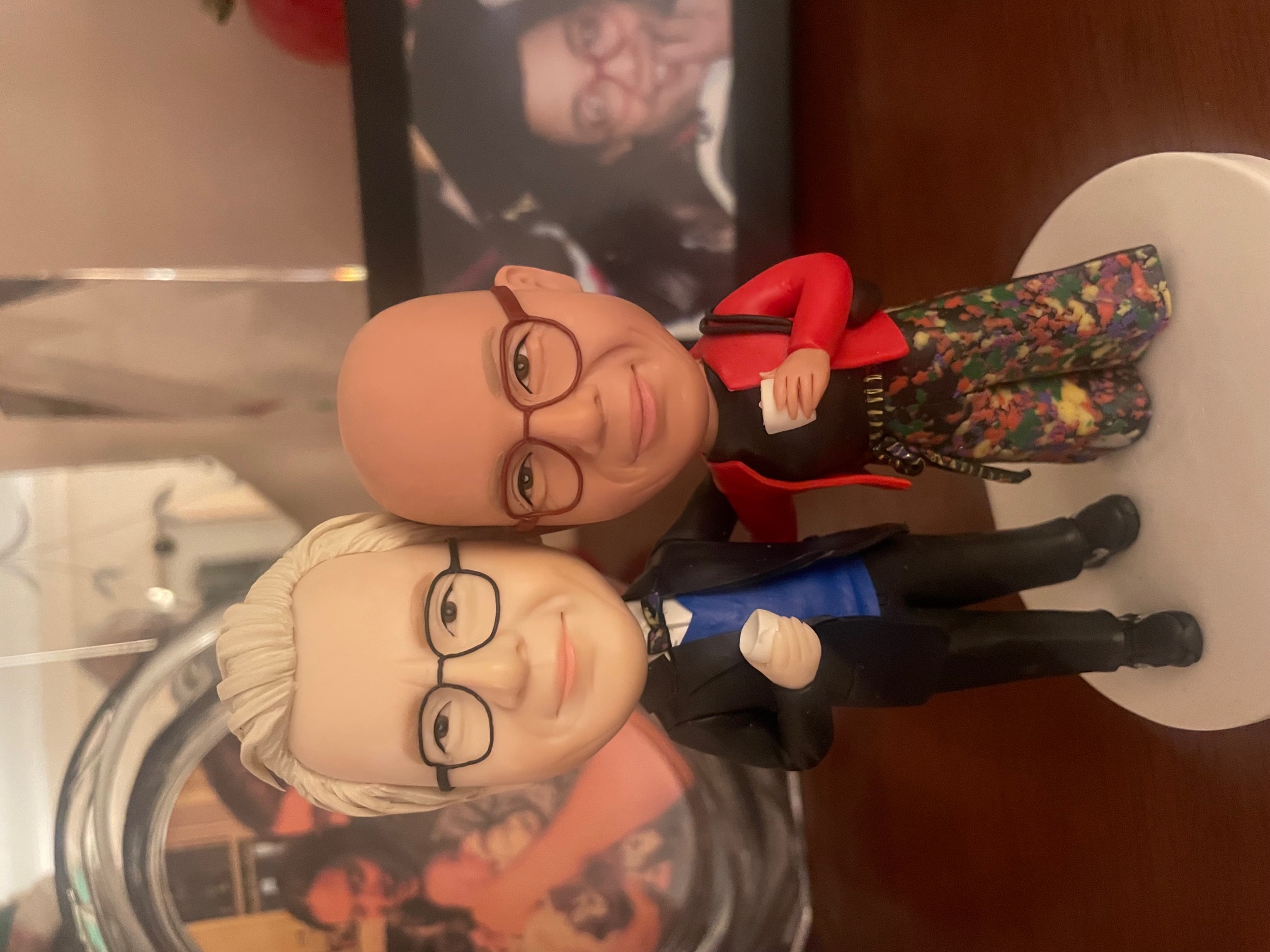 We have had a few wonderful wine experiences with clunky hotel glasses. And for the holidays, Zoë gave us John and Dottie Bobble Heads made by an artist with Etsy and it features us holding Styrofoam glasses. In fact, what Dottie was really holding was a clear plastic cup of some nondescript white wine that was poured at the world premiere of Colette Robert’s Off-Broadway play “The Harriet Holland Social Club Presents the 84th Annual Star-burst Cotillion in the Grand Ballroom of the Renaissance Hotel.” Zoë was part of the three-person band that played on stage throughout the riveting production. Needless to say, the wine and the after-show nibbles were enjoyed.
We have had a few wonderful wine experiences with clunky hotel glasses. And for the holidays, Zoë gave us John and Dottie Bobble Heads made by an artist with Etsy and it features us holding Styrofoam glasses. In fact, what Dottie was really holding was a clear plastic cup of some nondescript white wine that was poured at the world premiere of Colette Robert’s Off-Broadway play “The Harriet Holland Social Club Presents the 84th Annual Star-burst Cotillion in the Grand Ballroom of the Renaissance Hotel.” Zoë was part of the three-person band that played on stage throughout the riveting production. Needless to say, the wine and the after-show nibbles were enjoyed.
For the record, we believe that all wine vessels should be clear glass, free of any sort of adornment, and for most types of wine, everyday glasses should hold at least 20 ounces, not that you’re going to fill them to the rim. (We use some of Dottie’s small, delicate vintage glasses for sweet and dessert wines.) Everyday glasses should have long stems so that you can swirl and your hands won’t be so close to the bowl that they warm the wine, unless you want to warm the wine. And they should be dishwasher safe and affordable so that you don’t worry about breaking them. (These are great gifts for the wine lover in your life, as are small wine coolers to keep wine well.)
Eat what you like with your wine and discover what works best for you. No one can tell you what a wine tastes like in your mouth. At Chez Panisse on June 2, 1987, we had a 1983 Sokol Blosser Pinot Noir from Oregon with salmon – a red with fish -- and it was a life-affirming pairing, also because we survived driving at a breakneck speed down a twisty street in Berkeley to the restaurant, which said when we called that it could seat us if we could get there right away.
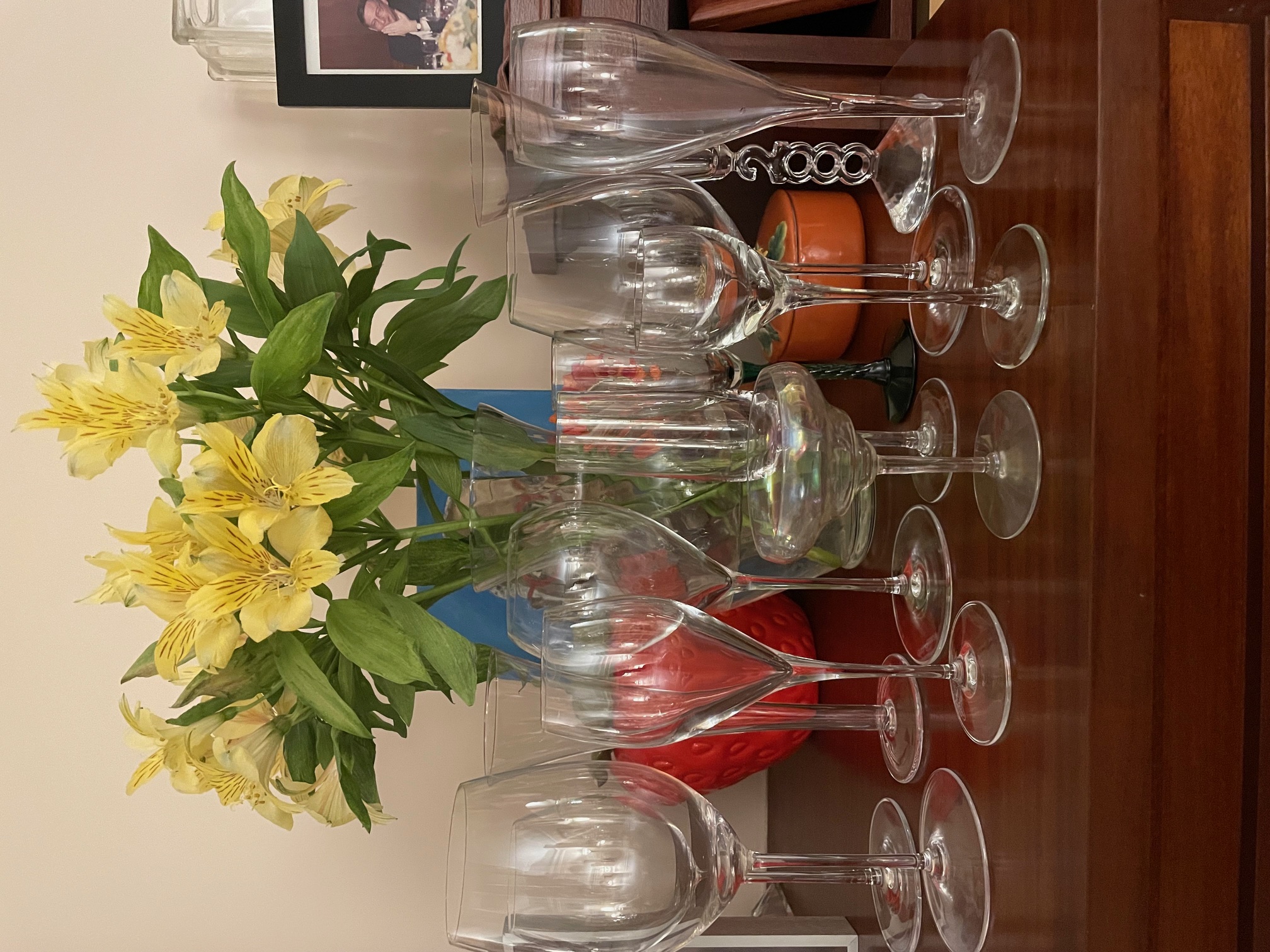 Play with temperatures. Many restaurants serve whites too cold and reds too warm. Don’t be embarrassed to ask the server to put your red on ice. If there are eye rolls, ignore them. You’ve paid a healthy markup for that wine and you decide on the tip. (Be generous. Even with BYOB, we tip as though we purchased the wine from the restaurant.)
Play with temperatures. Many restaurants serve whites too cold and reds too warm. Don’t be embarrassed to ask the server to put your red on ice. If there are eye rolls, ignore them. You’ve paid a healthy markup for that wine and you decide on the tip. (Be generous. Even with BYOB, we tip as though we purchased the wine from the restaurant.)
Find a few good merchants. In our experience, you’ll need more than one. Your gut and ears will help you distinguish who is truly helpful from who is patronizing and/or who is just trying to move product. Can you hear the dusty, too-warm wines screaming “HELP”?
Over the holidays, at our dinner table were alcohol and non-alcohol drinkers. Among other bubblies, French and American, were Bolle Blanc de Blancs (Chardonnay and Sylvaner) and Bolle Sparkling Rosé (Chardonnay and Pinot Noir), each $29.99. The producers of Bolle, from the Veneto region of Italy, tout their wines as “the world’s first and only non-alcoholic wines to feature a unique secondary fermentation process.” They were sent by a winery representative. They were reminiscent of the better Prosecco we have enjoyed from the same region, and we thought them nicely elegant. We preferred the rosé, which had appealing red-fruit character, and the Blanc de Blancs worked well in cocktails, alcohol and sans alcohol. We kept looking at the bottles to make sure they were indeed alcohol-free and the label referring to them being pregnancy-friendly clinched it as our two-month-old grandson cooed nearby.
With headlines screaming about so much division in this country, from sea to shining sea and nerves on edge about the future, it’s good to make the effort to be inclusive, especially at the dinner table. Wine is one of those things that is better shared. This is an excellent time to connect or reconnect with that person you’ve been thinking about. Wine enjoyment is a journey. Whether you are just beginning it or well into it, bring someone along with you. Happy New Year!
Dorothy J. Gaiter and John Brecher conceived and wrote The Wall Street Journal's wine column, "Tastings," from 1998 to 2010. Dorothy and John have been tasting and studying wine since 1973. In 2020, the University of California at Davis added their papers to the Warren Winiarski Wine Writers Collection in its library, which also includes the work of Hugh Johnson and Jancis Robinson. Dottie has had a distinguished career in journalism as a reporter, editor, columnist and editorial writer at The Miami Herald, The New York Times, and at The Journal. John was Page One Editor of The Journal, City Editor of The Miami Herald and a senior editor at Bloomberg News. They are well-known from their books and many television appearances, especially on Martha Stewart's show, and as the creators of the annual, international "Open That Bottle Night" celebration of wine and friendship. The first bottle they shared was André Cold Duck. They have two daughters.
